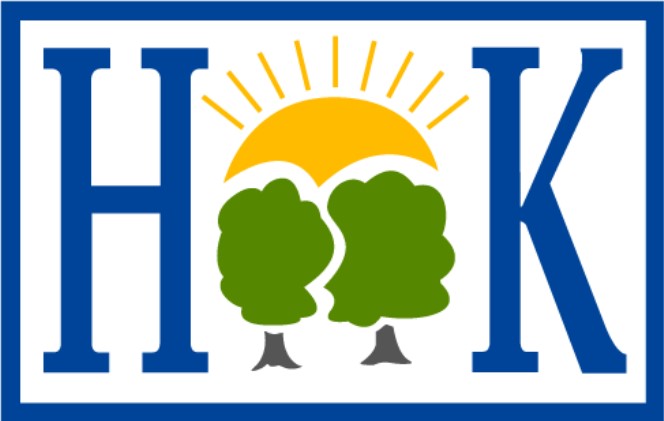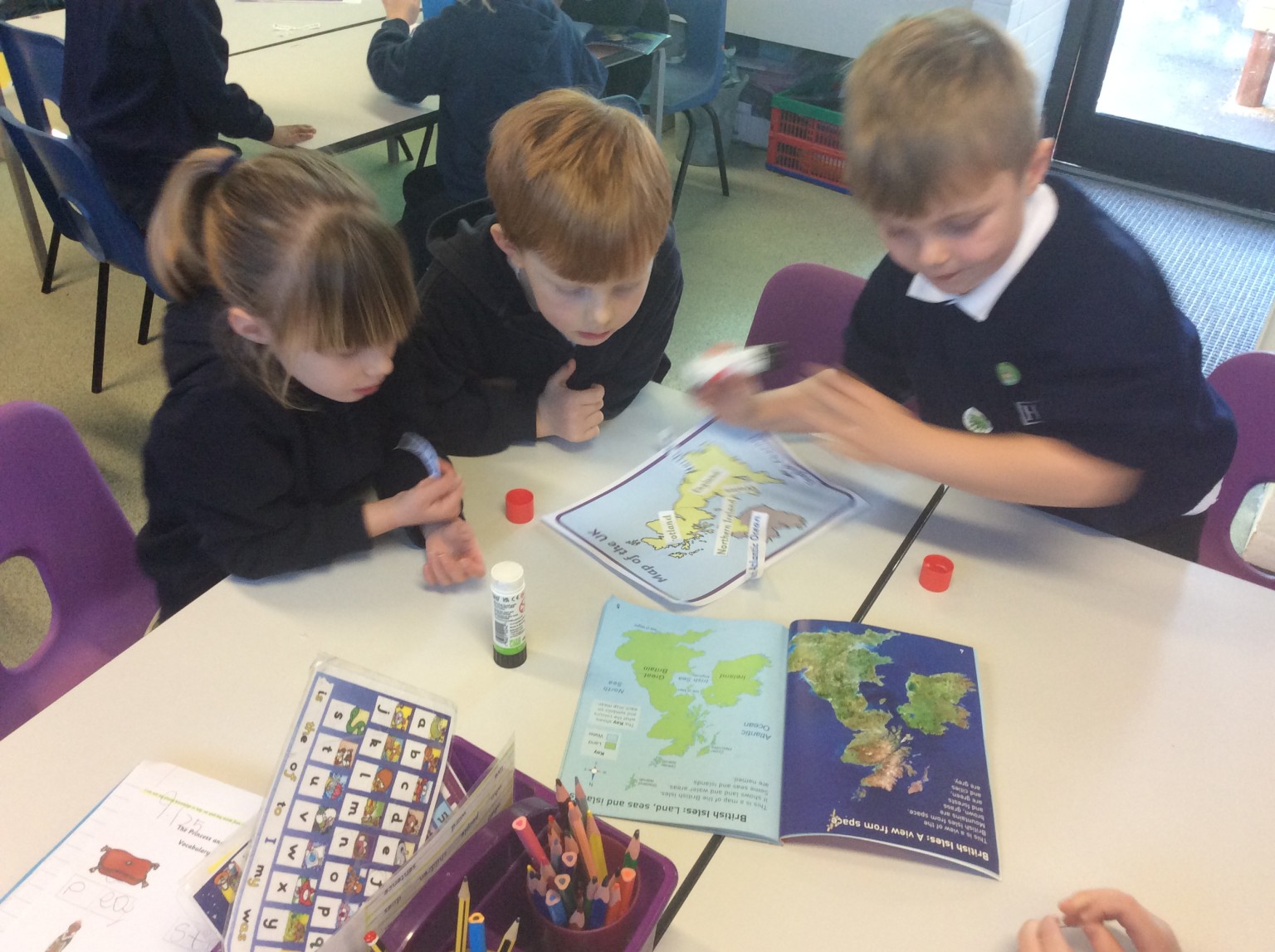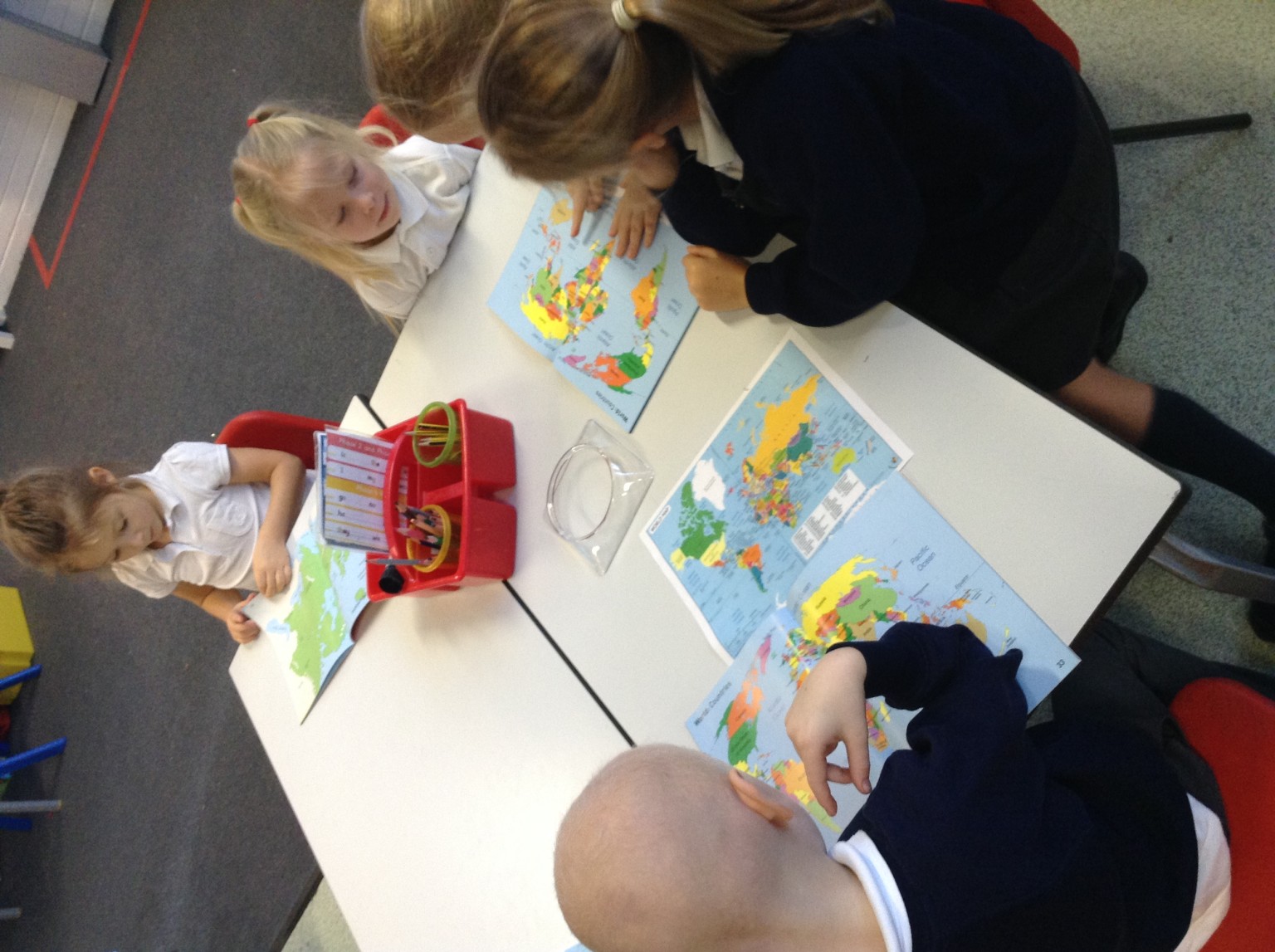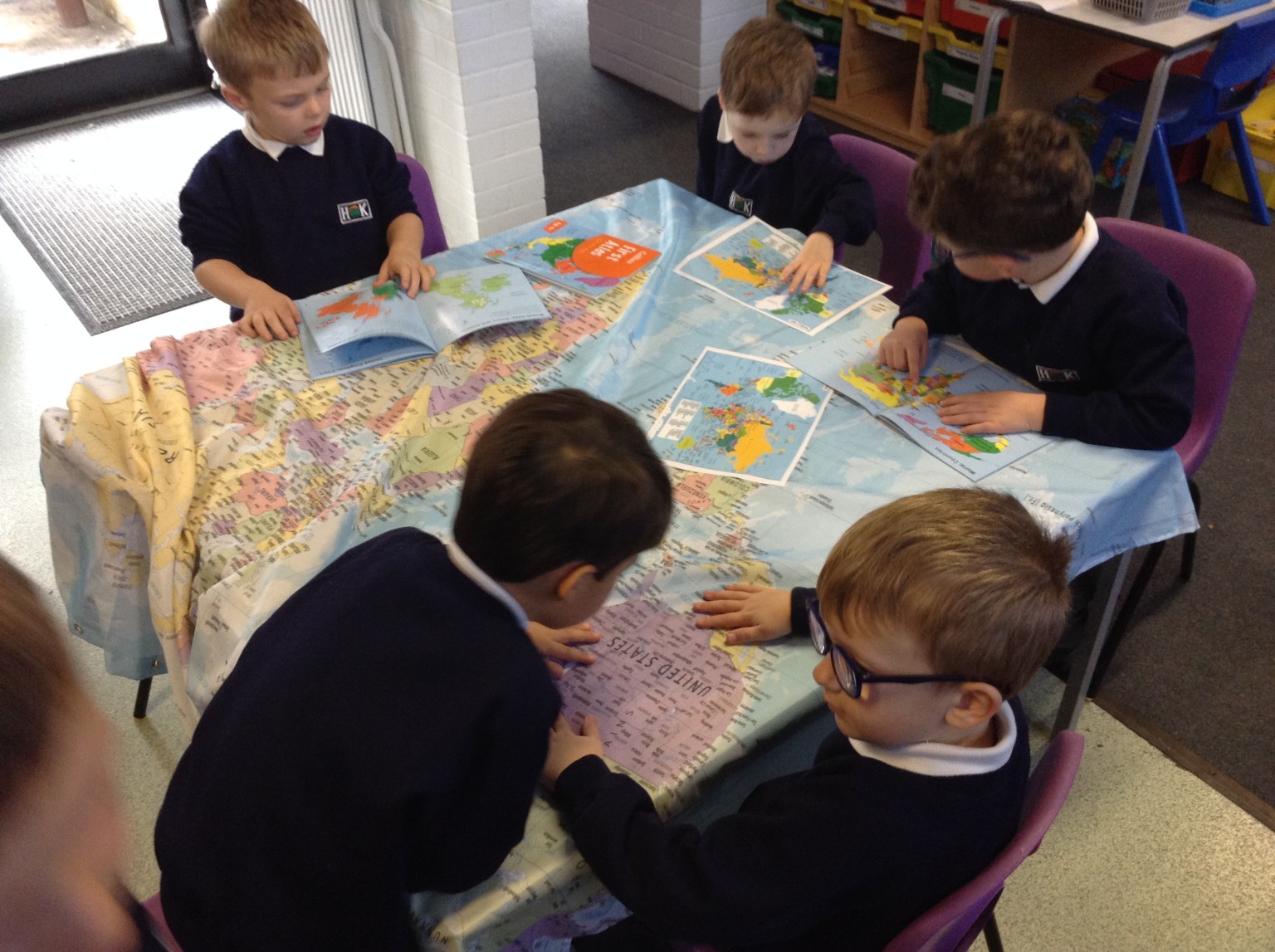Intent, Implementation and Impact
Curriculum Intent
"An understanding of the natural world is a source of not only great curiosity, but great fulfilment." David Attenborough
At Hook Infant School we want our children to develop a curiosity and fascination of the world that will stay with them throughout their lives. We aim to develop the children’s interest in a variety of physical and human environments in the wider world and how they are changing over time by expanding horizons out of the local community. Opportunities to use a range of investigative and problem-solving skills inside the classroom will be rooted in each topic area. These skills will be put into practice outside the classroom through local fieldwork and trips.
Aims
The national curriculum for geography aims to ensure that all pupils:
- develop contextual knowledge of the location of globally significant places – both terrestrial and marine – including their defining physical and human characteristics and how these provide a geographical context for understanding the actions of processes
- understand the processes that give rise to key physical and human geographical features of the world, how these are interdependent and how they bring about spatial variation and change over time
- are competent in the geographical skills needed to:
- collect, analyse and communicate with a range of data gathered through experiences of fieldwork that deepen their understanding of geographical processes
- interpret a range of sources of geographical information, including maps, diagrams, globes, aerial photographs and Geographical Information Systems (GIS)
- communicate geographical information in a variety of ways, including through maps, numerical and quantitative skills and writing at length.
Curriculum Implementation
The teaching and implementation of the Geography Curriculum at Hook Infants School is based on the National Curriculum and is often taught in a cross-curricular manner.
In Reception, Geography comes under the curriculum area of ‘Understanding the World,’ providing links with science and history. We encourage the children to explore our outdoor area and the Forest Friends copse, investigating the plants and animals that we find there. We follow the children’s interests and use them and the EYFS framework as a basis for our learning. We introduce the beginnings of map work, encouraging children to look closely at what they see and to record it in their own chosen way.
In Key Stage 1 we begin to look in more detail at our local area and further afield, studying particular locations in both the UK and worldwide. We undertake fieldwork in Hook to look at both physical and human features and compare them with those in other areas of the UK and countries worldwide. We learn to draw and interpret maps and to develop a variety of other skills through our topic work, including those of enquiry, problem-solving, investigating and presenting our work.
Early Years Foundation Stage
Pupils explore and use a variety of media and materials through a combination of child initiated and adult directed activities. They have opportunities to:
- Draw information from a simple map.
- Recognise some similarities and differences between life in this country and life in other countries.
- Explore the natural world around them.
- Describe what they see, hear and feel whilst outside.
- Recognise some environments that are different from the one in which they live.
- Understand the effect of changing seasons on the natural world around them.
Key stage 1
Pupils should develop knowledge about the world, the United Kingdom and their locality. They should understand basic subject-specific vocabulary relating to human and physical geography and begin to use geographical skills, including first-hand observation, to enhance their locational awareness.
Pupils should be taught:
Locational knowledge
- name and locate the world’s seven continents and five oceans.
- name, locate and identify characteristics of the four countries and capital cities of the United Kingdom and its surrounding seas.
Place knowledge
- understand geographical similarities and differences through studying the human and physical geography of a small area of the United Kingdom, and of a small area in a contrasting non-European country.
Human and physical geography
- identify seasonal and daily weather patterns in the United Kingdom and the location of hot and cold areas of the world in relation to the Equator and the North and South Poles.
- use basic geographical vocabulary to refer to:
- key physical features, including: beach, cliff, coast, forest, hill, mountain, sea, ocean, river, soil, valley, vegetation, season and weather.
- key human features, including: city, town, village, factory, farm, house, office, port, harbour and shop.
Geographical skills and fieldwork
- use world maps, atlases and globes to identify the United Kingdom and its countries, as well as the countries, continents and oceans studied at this key stage.
- use simple compass directions (North, South, East and West) and locational and directional language [for example, near and far; left and right], to describe the location of features and routes on a map.
- use aerial photographs and plan perspectives to recognise landmarks and basic human and physical features; devise a simple map; and use and construct basic symbols in a key.
- use simple fieldwork and observational skills to study the geography of their school and its grounds and the key human and physical features of its surrounding environment.
Curriculum Impact
Our primary focus is for all children at Hook Infant School demonstrate a developing understanding and awareness of people, places and environments both locally and further afield and how they are changing over time.
Throughout each topic teachers complete assessments that are then used to inform future lessons; ensuring children are supported and challenged appropriately. This data is analysed on a termly basis to inform and address any trends or gaps in attainment.
Children in Foundation Stage are assessed within ‘Understanding the world’ and their progress is tracked termly using Arbor. Age related expectation levels are reported to parents at the end of the reception year.




